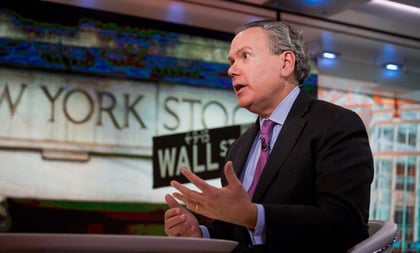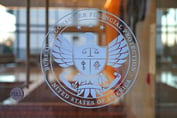Despite the coronavirus pandemic, U.S. capital markets thrived this year and in more ways than the record-setting stock market rally.
According to the Securities Industry and Financial Markets Association’s 2021 outlook, which also takes stock — pun intended — of 2020 activity, year-over-year issuance through October rose 63% while IPO volume rose almost 47% and 10.9 billion shares traded daily, compared with around 7.4 billion historically.
Fixed income issuance surged over 46%, and ETF daily volume soared even more, up 47%.
Retail investors accounted for an estimated 25% of daily volume, more than twice the 10% historical average.
“When COVID hit the U.S. we saw a dramatic impact on markets,” said Ken Bentsen, president and CEO of SIFMA at a recent briefing on the report, referring to the extreme swings in market volatility. Support from policymakers helped restore market liquidity and operational resilience by financial firms, whose staffers were largely working remotely, and helped maintain smooth market operations, said Bentsen.
He said the pandemic accelerated trends for remote working relationships in the securities industry and other industries and for electronic delivery of documents.
Regulatory Agenda
Looking ahead to a post-COVID agenda, which is now in sight because of vaccines that will be distributed next year, SIFMA “believes regulators and the financial services industry should develop rules and protocols” that fit that future environment, according to its 2021 outlook. SIFMA is also calling for:
- The Securities and Exchange Commission to update its rule and guidance for electronic delivery of financial documents, including making e-delivery “the default for all investor communications”
- The Depository Trust and Clearing Corp. (DTCC) and others to eliminate the issuance and handling of physical securities — less than 1% of assets serviced by the DTCC remain in physical form but they represent $780 billion.
- State and federal regulators to modernize regulations for asset management including expanded and permanent relief for inter-fund lending and cross trading and to operational challenges to swing prices — all to help firms deal with future market disruptions.
Also on SIFMA’s agenda for 2021, according to its outlook report and Bentsen’s presentation, are the changing workplace — determining when employees should return to the office, regulatory relief to promote remote working, and virtual trading — the need for coordinated action by the public, social and private sector to significantly scale climate finance market structure and the structure of equity markets, equity market data distribution and securities exchange fees.









 December 10, 2020 at 05:11 PM
December 10, 2020 at 05:11 PM











